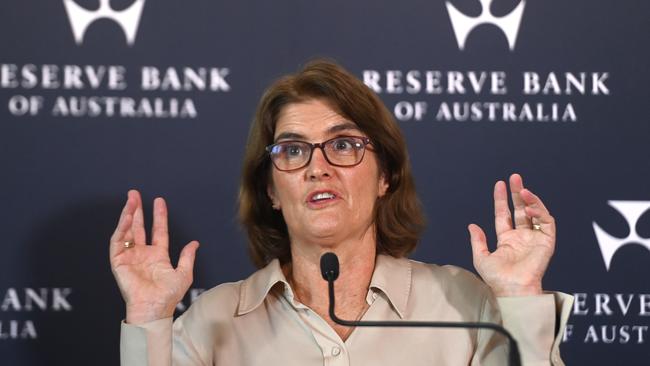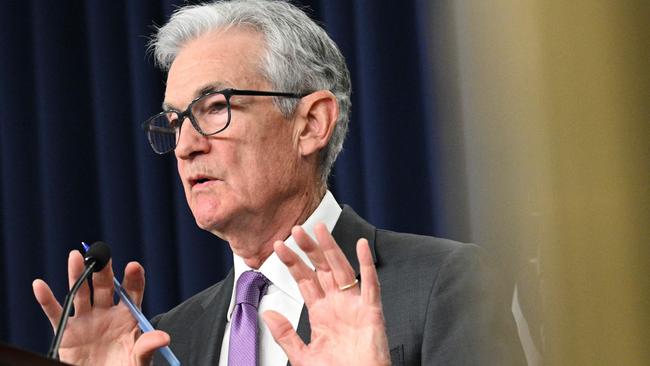In Australia, Bullock appears to realise that the current statistics do not reflect what is actually happening in the real business world.
Her predecessor Philip Lowe made a number of tragic interest rate mistakes because the Reserve Bank relied on statistics that were two months behind what was happening.
She will be anxious not to make the same mistake.
But this week, understandably, Treasurer Jim Chalmers was ebullient in taking the credit for the economy portrayed by the statistics – falling unemployment, rising job creation and higher wages at a time when inflation is falling noticeably.
Sadly, those statistics that Chalmers is relying on, portray the December/ January economy and not what is happening now.
As my commentaries over the last week have described and as I move around the real business world, I discover that enterprises are cutting back on their casual labour, and offering voluntary redundancies. Many have started compulsory retrenchments.
Middle managers looking for a job suddenly find that they are in a queue of people fighting for the same position. Back in November/December, the situation was the reverse because there were lots of positions to choose from.

The changing business attitude reflects rising costs over a very wide area, including labour pressures and costs that arise from government policies such as energy, transport, regulatory changes, building costs and so on.
In addition, the Federal Government’s nightmare 700-page “business blueprint” delivered via the so-called loopholes industrial relations legislation aims at reducing productivity and lifting costs.
While it won’t impact until August 26, it sours the outlook and greatly reduces confidence in the competence of the Albanese-led government
The Australian economy has been riding on the spending of the 70 per cent of the population not impacted by mortgage and rent stress.
But last month, that group became more cautious so enterprises facing higher costs are now finding it more difficult to past those costs on via higher prices.
Accordingly, enterprises have responded in the traditional way and started labour reduction programs.
Some governments, including Victoria, have started down the same path.
Of course, there are areas of the economy that are not being impacted but there has been a fundamental overall reversal, which will be reflected in the statistics that the public (and Bullock) receive in about two months.
If the Reserve Bank staff leave their Martin Place bunker, they will discover what is really happening in advance of the statistics.
The November /December trading period raised the possibility of higher interest rates, but if the information coming to me is correct, then the current bullish statistical spectrum will disappear.

But whether Australia lowers interest rates will partly depend on what happens in the US where Powell faces a very different situation
The Federal Reserve paperwork released from its latest meeting suggests the central bank would continue its fight against inflation and rates would remain firm.
However Powell has been regularly publicly suggesting that lower interest rates are on the horizon.
Sadly, inflation in the US hasn’t fallen far enough for him to garner support on his board to ease the pain on borrowers.
Wall Street has been expecting three 2024 rate cuts and Powell would like to deliver, especially as he helped create the expectation.
But with inflation still too high, he does not have the numbers on the Federal Reserve board yet.
To date, the Federal Reserve plan to depress the economy and inflation with higher interest rates has been undermined by the major spending programs of US President Joe Biden and high migration.
Unless there is a sudden downturn in the US economy, the current growth rate of above 3 per cent and inflation also above 3 per cent plus a president needing to try and buy an election victory means that reducing US rates would be a very dangerous strategy.
The danger for sharemarkets is that on the basis of Powell’s rate indications, there has been a 1000-point rise In the S&P 500 since November and some of those gains will be endangered if the US economy continues on its present path.






Reserve Bank Australia governor Michele Bullock and US Federal Reserve chair Jerome Powell are both facing difficult but different problems with official statistics.